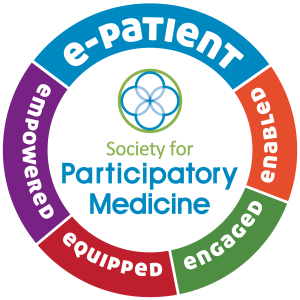That’s a new phrase for me. One I’m still getting used to at my current interim engagement in IT at the University of Vermont Health Network. Said like that, it means it’s 10 minutes to the hour and time to wrap  up the meeting. Time for people to shut down any video conferencing, clear the room, take a bio-break and get to their next meeting. And for others to come in and get set up for the next meeting to start right on time. And start on time they do.
up the meeting. Time for people to shut down any video conferencing, clear the room, take a bio-break and get to their next meeting. And for others to come in and get set up for the next meeting to start right on time. And start on time they do.
This is a meeting discipline that makes a lot of sense and everyone seems to have adapted to it. As the new outsider, I’m still getting used to it and trying my best to conform. Get there on time and if chairing the meeting, wrap up by 10 minutes to the hour (5 minutes if it’s a 30-minute meeting).
Other meeting norms the IT department has established include all agendas and meeting materials available in advance as part of the meeting invite, not sent around separately as emails with attachments. I was told early on that if a meeting doesn’t have an agenda, you’re free to not attend the meeting. While I’ve seen no specific guideline on this, I wouldn’t be surprised. Another way to ensure meetings have purpose and a plan for the time. Continue reading









